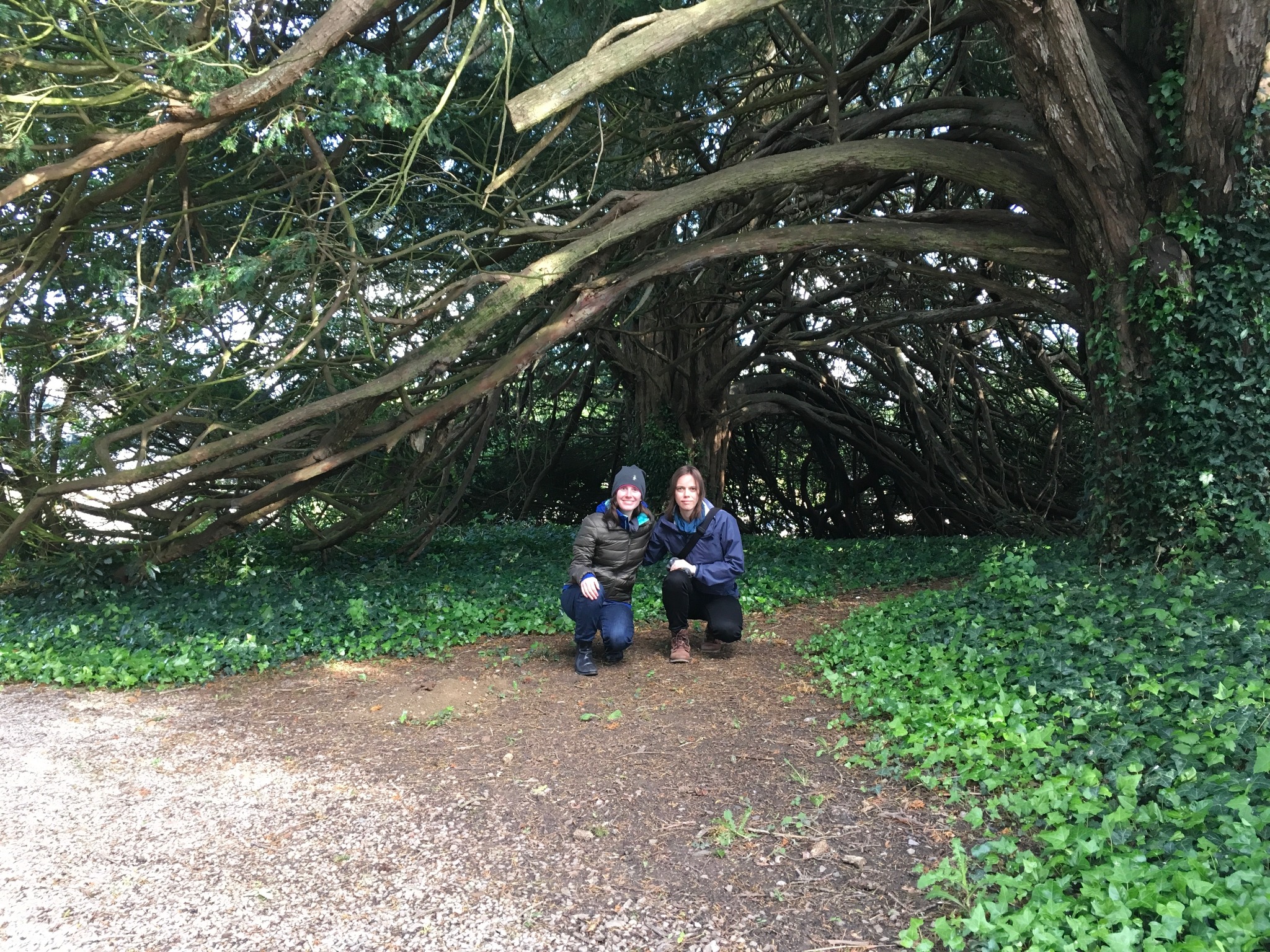Reflections - Normandy, France Trips

France/Normandy Region
A visit to the Normandy American Cemetery in France can remind anyone of the terrible costs of war—more than 9,380 American soldiers who were killed on D-Day and in the ensuing days are buried there. The sheer number of marble headstones in perfect alignment across plots of well-manicured grass gives the place a stillness that stops you in your tracks.
The cemetery is also the final resting place of my grandfather. He was a 24-year-old paratrooper, and he left behind my grandmother and a 7-month-old son he never had the chance to meet: my father. I have been researching my grandfather’s life and death for close to 20 years. It's been a journey filled with wonder, fear, and an immense feeling of loss. I've visited the cemetery and surrounding Normandy countryside on three occasions, and I'll share a few memories with you:
My first visit was a short, two-day solo trip in July 2005. What I remember the most is that the cemetery guide who escorted me to the site rubbed the inscription on my grandfather’s grave with wet sand. As the letters of his name, rank, unit, date of death, and state began to appear as a golden hue, the finality of his death became very real to me: He was no longer a mythic figure in the back of my mind, but a young man whose life was terribly cut down, just like so many others. Perhaps you know of a relative who served or was killed in World War II. I snapped a few photos and took a grainy video, stayed until the cemetery closed, and silently promised to come back.
When I returned in May 2017, I had obtained more information and set out to retrace my grandfather’s last days with two extraordinary travel companions: a 101st Airborne Division historian who convinced me to travel at the last minute and a former Marine. We first went to the cemetery, and it was as emotional as I had remembered 12 years previously. At 9 p.m. (before sunset in that region), we searched the fields where my grandfather and the other men in his plane may have landed in 1944. The sounds of the countryside buzzed all around me. As daylight faded, I shivered thinking of how frightening it must have been for my grandfather to jump out of a plane in the dead of night with enemy all around him and miles away from his designated drop zone.
The next morning, we continued retracing his steps, first looking for an old railway station then driving around a winding, hilly road. We finally stopped at a 13th-century church whose Yew tree stands like a formidable giant. This was the site of his initial burial, along with 23 other paratroopers. There, we met a woman who had witnessed what happened in the village when she was eight years old. We also met the owner of the house where most of the wounded were taken care of. Retracing his steps took less than a day, but there’s more to his story that I’m choosing to leave out. The rest of my trip was filled with visiting historical sites, museums, and more, but my mind will always go back to the road, the house, and the beautiful Yew tree on the church hillside.
In 2019, I traveled with my sister to Normandy again, and together we laid down a bouquet of flowers at the cemetery to honor our grandfather for the 75th anniversary of D-Day. We visited the same sites I did in 2017 and other areas in France, including Mont St. Michel, which is an island surrounded by water at high tide. I hope to visit Normandy again, as there is more that I have to do. If this favorite vacation writing can tell you anything, it's that World War II is still very much a living story and a raw, emotional one that continues to reveal itself 75 years on.
